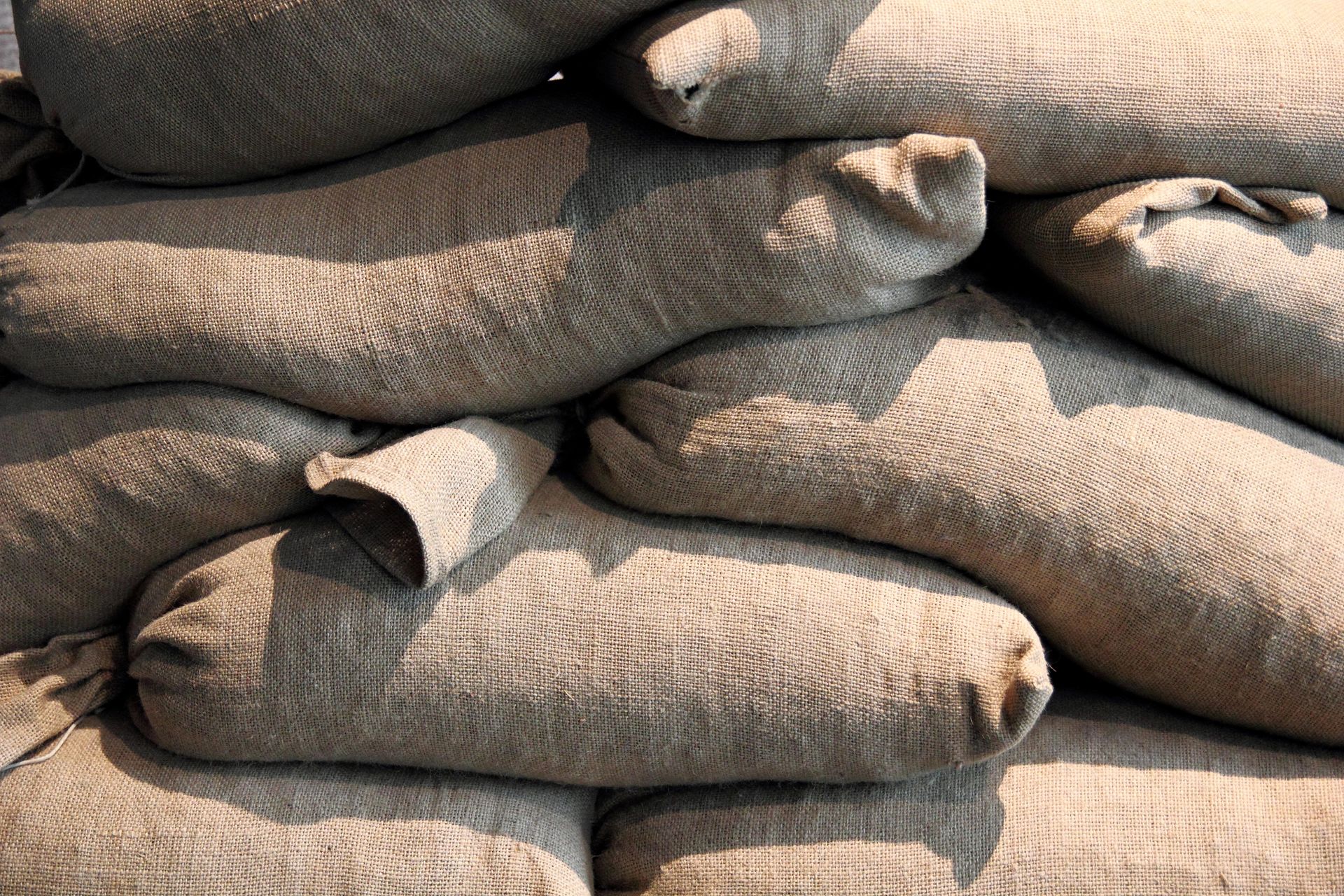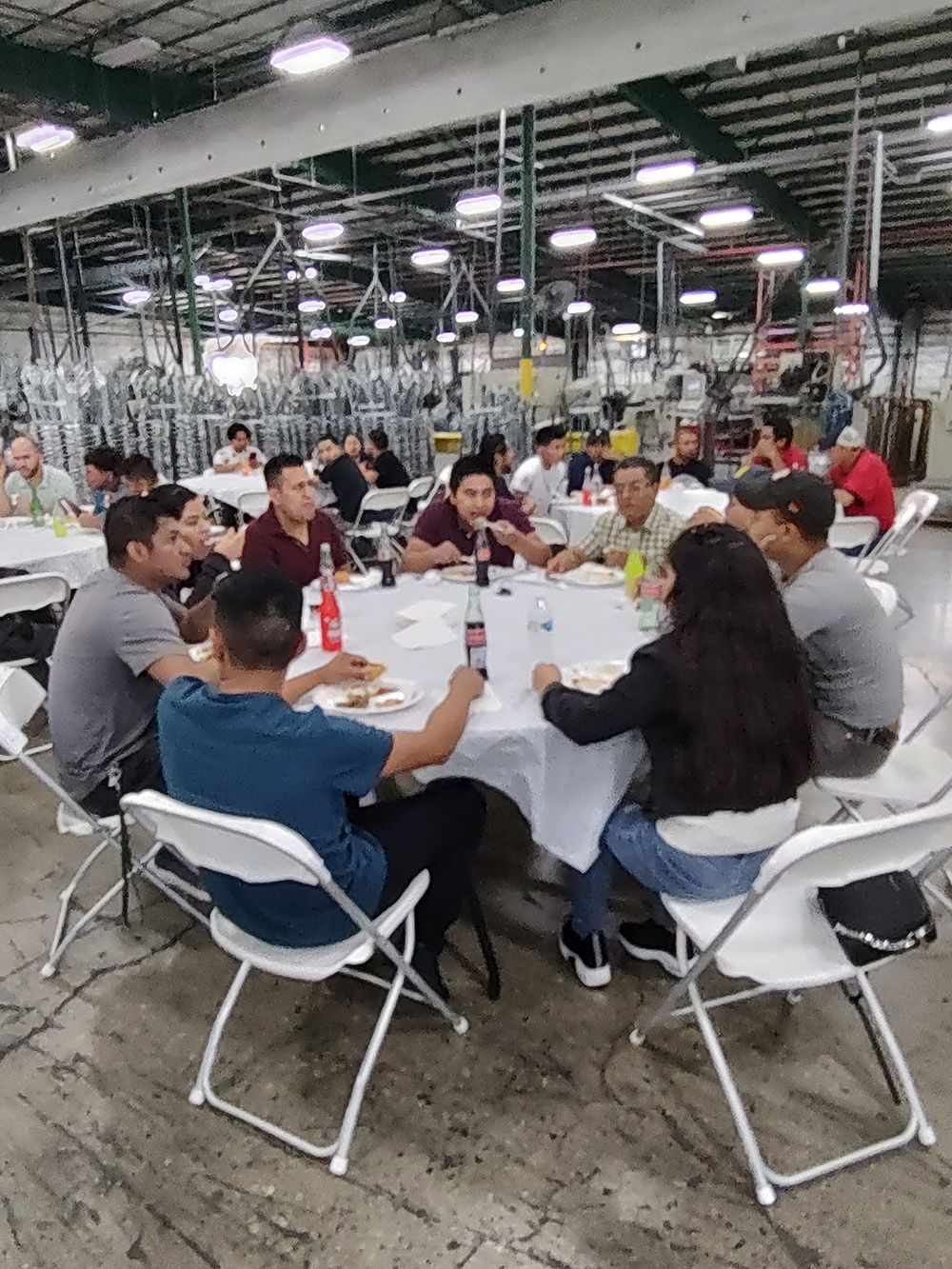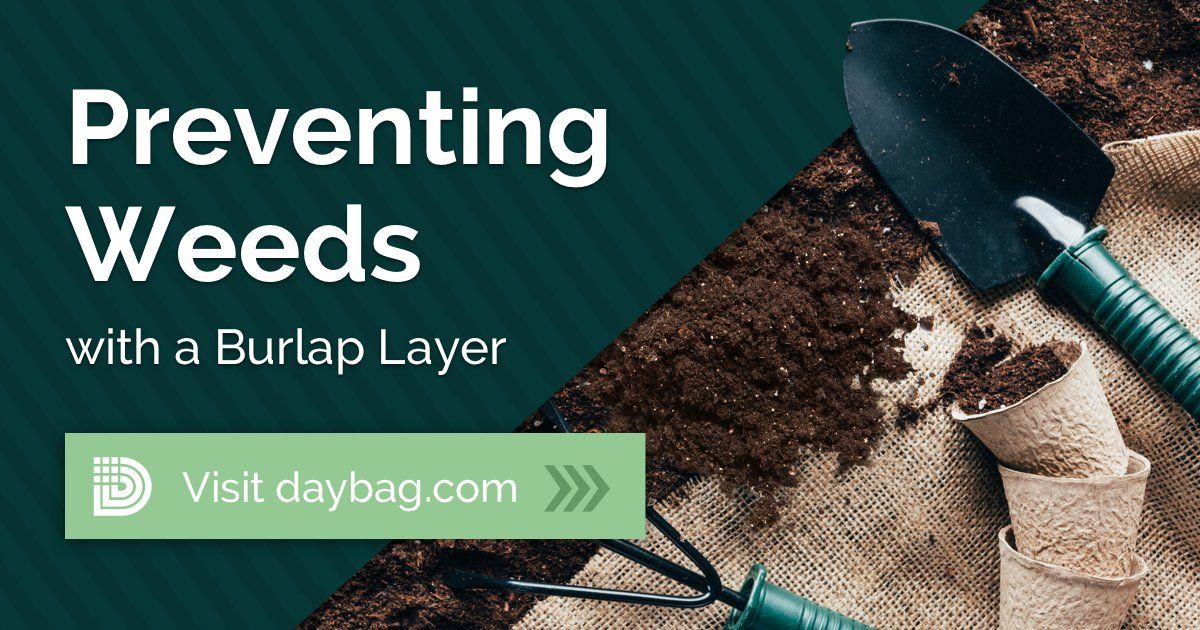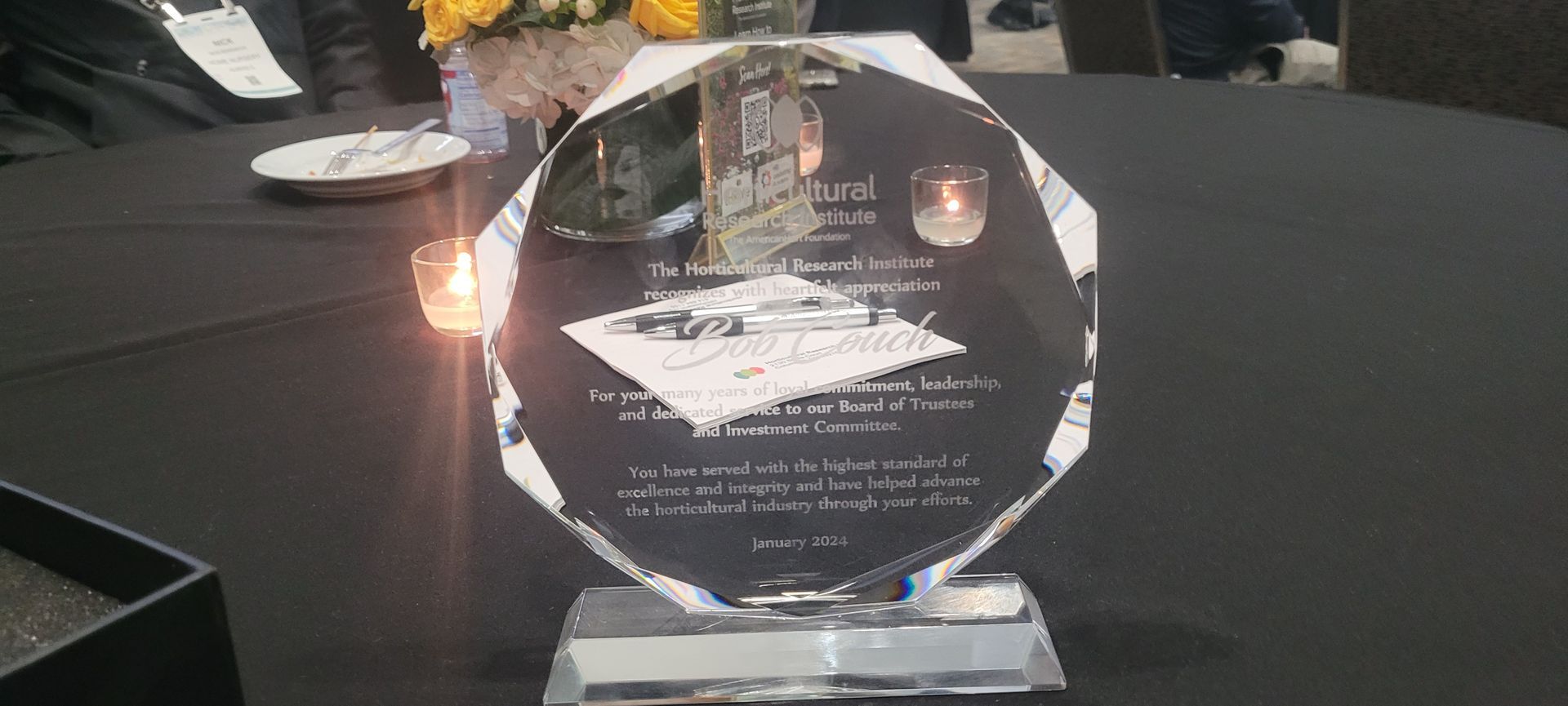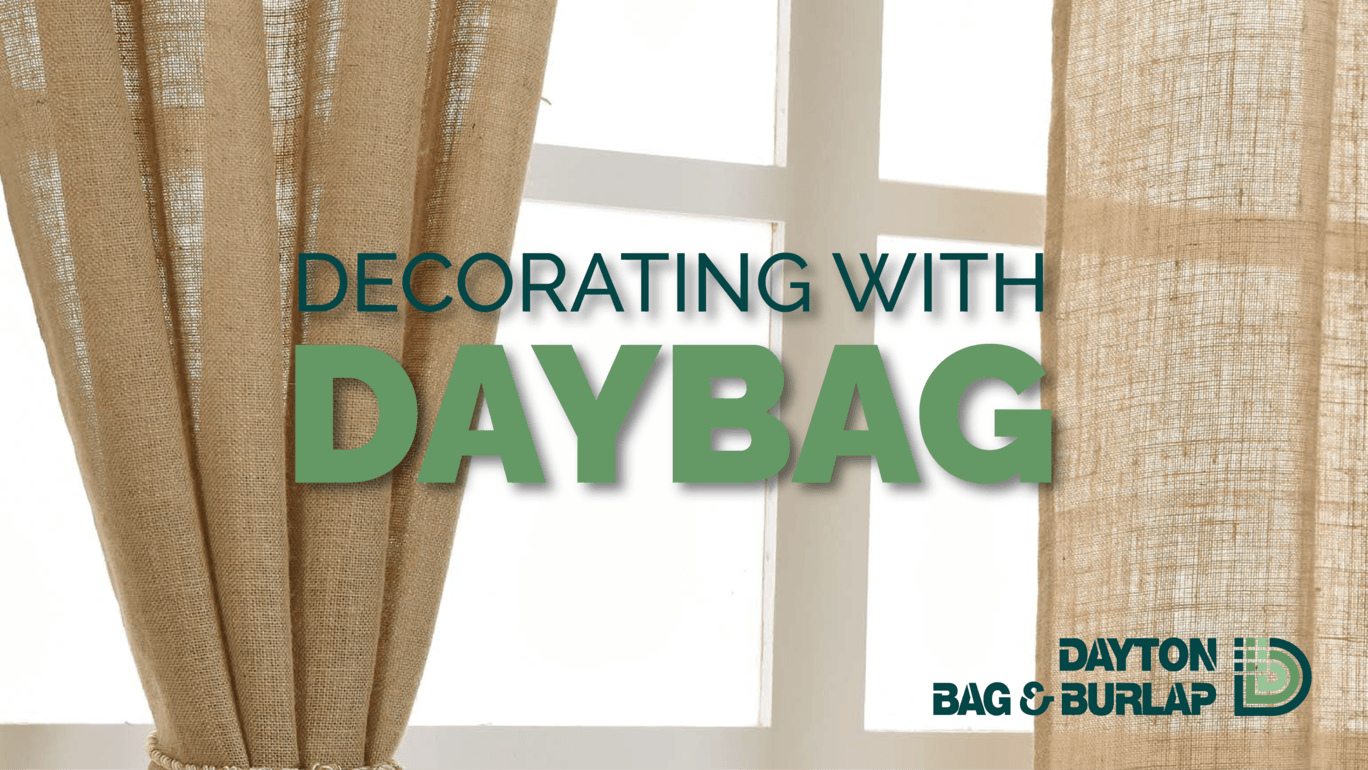HOW TO USE SANDBAGS PART 3 - EMERGENCY SANDBAG PLACEMENT
The following is from the U.S. Army Corps of Engineers. They have a complete and thorough guide called, Flood Fighting: How To Use Sandbags. They have granted permission for us to post this and we thought it was a VERY informative guide on how to use sandbags (typically burlap bags). So thanks to them for this great information so here's part three:
------
Sandbag placement
Remove any debris from the area where the bags are to be placed.
Fold the open end of the unfilled portion of the bag to form a triangle. If tied bags are used, flatten or flare the tied end.
Place the partially filled bags lengthwise and parallel to the direction of flow, with the open end facing against the water flow. Tuck the flaps under, keeping the unfilled portion under the weight of the sack.
Place succeeding bags on top, offsetting by one-half (1/2) filled length of the previous bag, and stamp into place to eliminate voids, and form a tight seal.
Stagger the joint connections when multiple layers are necessary. For unsupported layers over three (3) courses high, use the pyramid placement method.
Pyramid Placement Method
The pyramid placement is used to increase the height of sandbag protection.
Place the sandbags to form a pyramid by alternating header courses (bags placed crosswise) and stretcher courses (bags placed lengthwise).
Stamp each bag in place, overlap sacks, maintain staggered joint placement, and tuck in any loose ends.
